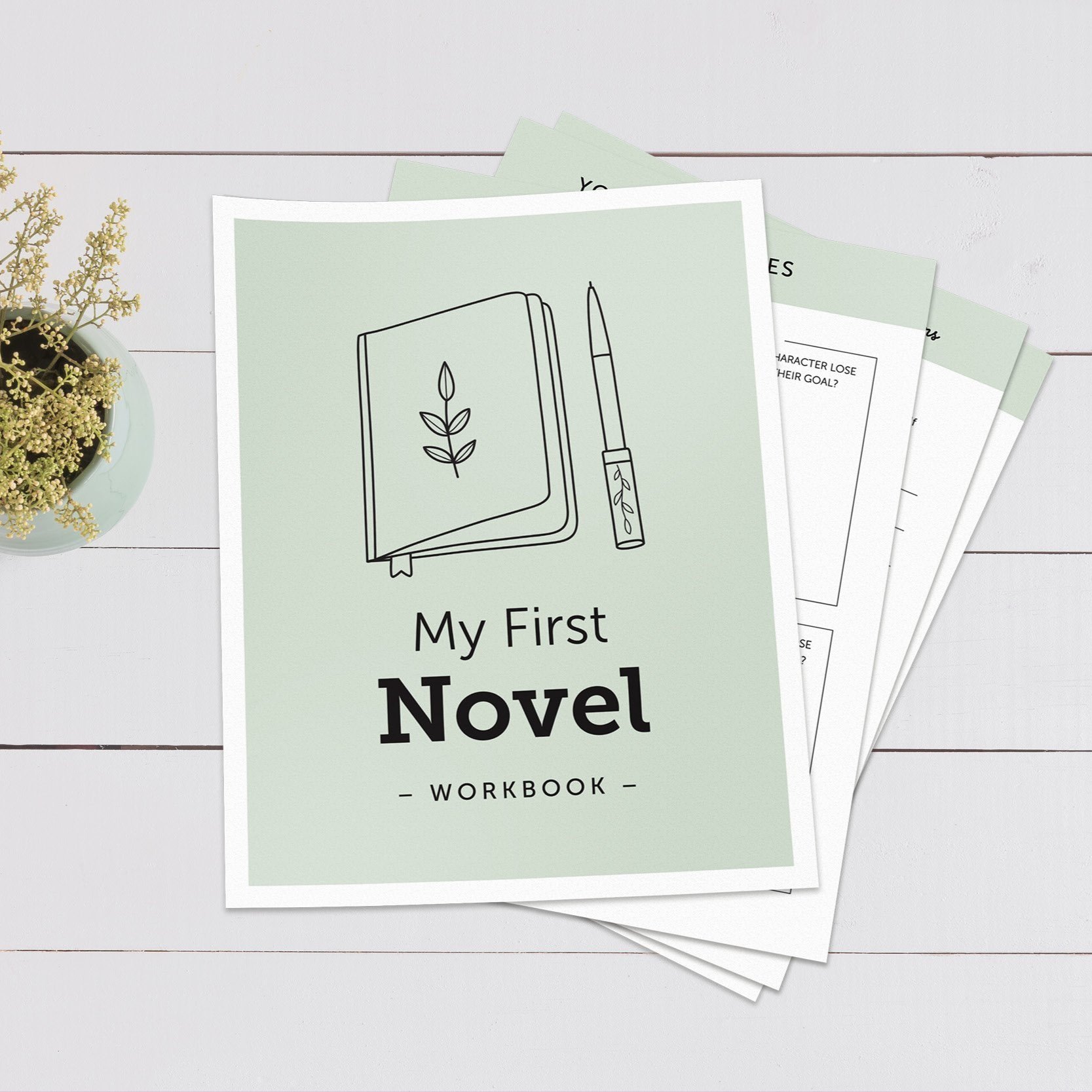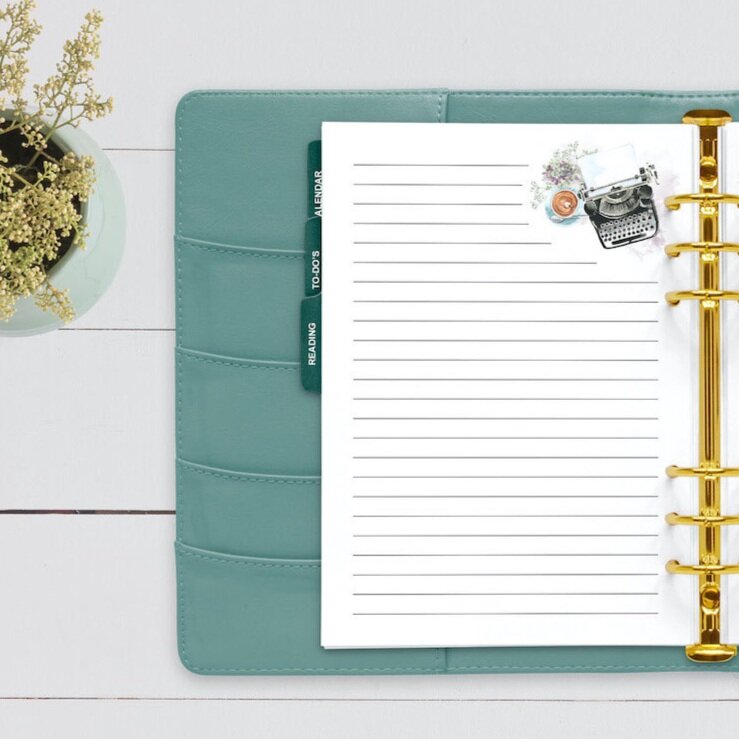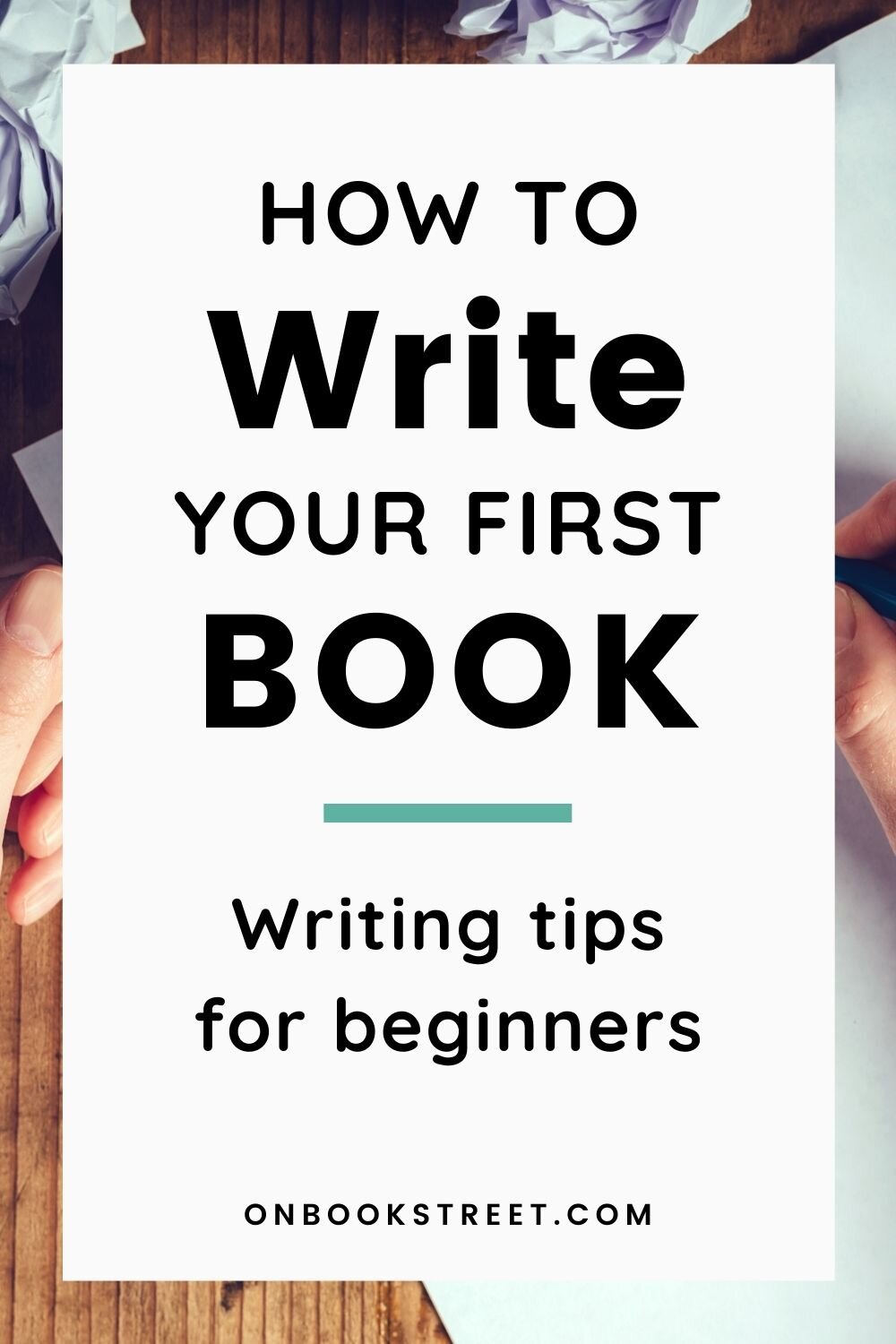10 Steps To Writing a Novel or Short Story
When reading the work of literary heroes like Jane Austen, or modern-day masters like Sally Rooney, it can be hard to imagine that they began with an empty page (or screen).
It's strange to think that Victor Hugo turned a pen and parchment into the beautiful tale of The Hunback of Notre Dame. Or that JK Rowling, sat in a small cafe in Scotland, had no idea that the words she was typing into her laptop would become a global children's franchise.
There is no right or wrong way to write a novel, and there is no right or wrong person to write one either. Nothing is stopping your vision from becoming a fully formed piece of literature; all you need is time, commitment, and belief.
When writing The Thursday Murder Club, Richard Osman was suffering from first-time writers syndrome. Sarah Pinborough turned to him and said, "Yes, it is supposed to be this difficult." Writing a novel isn't a walk in the park for anyone, but nothing good ever came without a little hard work.
Below are 10 Steps to follow to write your novel or short story. They are a great way to get your thoughts in order, and ideas on paper, so you can get the ball rolling! But again, there is no right or wrong way to write your book.
How to Write a Book – Writing Tips for Beginners
Step 1: Find a regular time and place.
We all have busy, hectic schedules! Like with any other task, you must find an allocated time to commit your attention.
Experiment at first, and discover when you write best. When do your ideas flow? Is it first thing in the morning, after a cup of coffee? Or an hour before you doze off to sleep? Whenever it is, make a note, and make sure to write at that time every day.
Find out where you write best. Is it in a lively cafe? Your bedroom? Tucked away in your reading nook? Wherever you feel most focused is the place you should always aim to write.
By planning your writing into your daily schedule, your novel becomes an essential and mechanical part of your routine.
Step 2: Read other books.
Even though you're aiming to write, it is so important to read! Other authors provide inspiration, ideas, words, and motivation.
You can't learn a language without hearing another person speak it, so don't cut off your learning tools at any point during your writing process. Take notes of what you like and don’t like and learn from that.
Step 3 - Brainstorm.
Remember when you made mind maps at school? Well, it's time to get out the highlighter pens again.
The best way to start writing is to get all your ideas down on paper at once. Whatever is floating around in your mind, it's time to let it out into the world.
Here is how I would recommend approaching this step:
A - Create a huge 'idea dump.'
Set a time limit for around an hour.
Create a huge mind map with the word 'Story Idea' in the middle.
Write down anything (and we mean anything) you're thinking of including in the story (no matter how small or silly!)
Don't worry if your ideas contradict each other (i.e. you have five possible endings);
just put it all on paper.
B - Create six more mind maps titled:
Theme (for exploring the themes of your novel)
Setting (for exploring the world of your story)
Plot (for exploring your story development)
Character (for exploring the internal and external details of your characters)
Character Development (for exploring your characters' journey)
Relationships (for exploring your character relationships)
In these six mind maps, you can clarify ideas and section your ‘idea dump’ into tangible information. Spend no less than an hour on each mind map to ensure you're delving into enough detail.
Step 4 - Develop Your Plot.
The 5 part story structure is based around exposition, rising action, climax, falling action, and resolution.
Most novels, no matter how complex, can usually be whittled down to these elements. The writer's job is to weave these sections together using language, character, and suspense to create a smooth, unified story.
This article by Self-Publishing School gives a great breakdown of how to approach the different elements.
This step aims to break your plot down into more specific sections and reveal whether your current structure has the gravitas to support an entire novel. This clarity will allow you to begin compartmentalising your ideas into approachable sections.
Don't be afraid to rearrange and play with different ideas for all five sections.
Step 5 - Write a one-sentence summary
This step is more complicated than it sounds. Now you have all your ideas together and (somewhat) organised, it's time to write a one-sentence summary.
It should be around 25 words that capture the essence of your novel. It should be easy to refer back to whilst you write, in case you ever waver off-topic.
This blog by Rachelle Gardner gives some great pointers on how to approach this.
Step 6 - Write a synopsis.
Now you have your one-sentence summary, you can expand it into a synopsis. Here you can finalise your ideas on plot, timing and structure.
It would help if you thought of your synopsis as the skeleton of your novel, a clear outline, which you will shortly fill in.
Step 7 - Split your chapters.
Now you have your 5 act structure and synopsis; it's a good idea to split them further into biteable chunks. How you split your chapters will depend on the length and pace of your story.
Work out what needs to happen in each chapter to fill each of the five sections. Your divisions may change as you start to write, but it's good to have a rough starting point.
Step 8 - Stream of consciousness
Now it's time to start writing. No editing, no structure, just lots and LOTS of writing.
Stream of consciousness writing refers to a narrative technique where the thoughts and emotions of a narrator or character are written out such that a reader can track the fluid mental state of these characters. (www.masterclass.com)
The stream of consciousness technique will get you through any blank page syndrome or hesitations you might feel about starting your novel.
Here is how to approach this technique:
Pick a character from your chapter (usually starting with the protagonist).
Pick an event or subject from the chapter.
Set a timer for two minutes.
Write from the perspective of the character about their feelings on this event or subject.
Do not edit, and do not stop writing. If you get stuck, write the last sentence over and over until you find something new.
Do this for every character and every event or subject in your chapter.
This technique will help you get to know your characters; how they speak, think and move. It's a great tool to get lots of words on paper to then weave into your chapters.
Step 9 - Write
Ok, we've arrived. It's time to write!
Start with a chapter in the section you feel most positive about (this doesn't have to be the beginning, although it might be easier to ensure good flow if you work linearly).
Don't edit until you reach the end of the chapter. Work in a "stream of consciousness" style. It can be tempting to perfect and edit each sentence as you go, but it's much easier to do this in the next step.
Tip: You can use a daily writing tracker to create a daily writing routine and keep track of your daily word count.
Step 10 - Edit
Once you've finished a section or chapter, you can go back and edit. Try not to spend too much time on editing until you have completed the whole novel. Remember, you can't edit a book without a first draft!
Continuously working through this process is a great way to work through your novel. For extra resources or advice after you have finished your book, check out the blogs below!
When Should You Hire an Editor? 3 Professional Editors Weigh In
I Have Written a Book. Now What? 22 Steps to Getting Published.
I hope this helps! If you're writing a novel or short story and want to share your process or ask any questions, please get in touch! I always love to hear from you.








